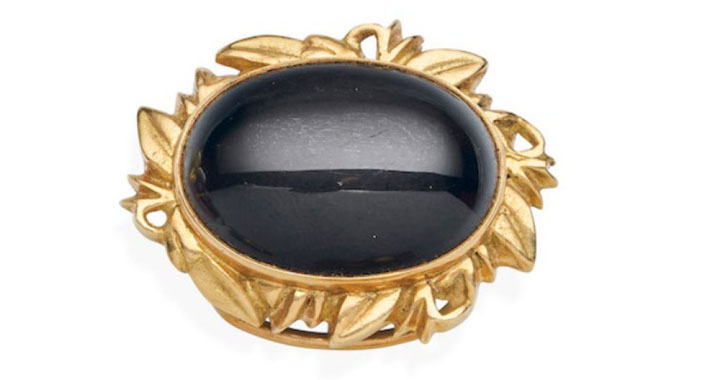Diopside is an igneous and metamorphic rock. This means it forms from the solidification of its molten state and has been subjected to extreme heat and pressure deep below the Earth’s surface, very much like how diamonds are formed.

It is found across the globe and more readily available in the Earth’s mantle than at the surface.
Commercial diopside can be found in Siberia, Russia, though in limited amounts. The prized chrome diopside (green colour) is sourced in Europe (Austria, Finland and Italy), South America (Brazil), Canada (Ontario and Quebec), the state of New York, Asia (India, Pakistan, Sri Lanka, Burma) Madagascar and South Africa.
What do we mean by commercial? Stones that are of a particular quality that can be cut and set into jewellery.

Although there are several deposit sites none of them produce regularly or in significant quantities and is therefore not usually mined due to the lack of return.
Diopside rates a 5 to 6/10 on the Mohs scale. The Mohs scale of mineral hardness was created by Friedrich Mohs in 1822 and determines the scratch resistance of minerals when scratches by another mineral.

The Mohs scale is used to manufacture everyday objects: your mobile phone’s screen glass is made of a material that scratches at level 6, some at level 7.
Diopside has fair toughness and is suitable to be set in jewellery, however it should be worn with caution and should be handled with care as it risks being scratched or broken.
Diopside comes in a various colours ranging from greyish white, light blue to purple, light green to vivid green, brown, black.
The most sought-after colour is green, called chrome diopside. It owes its hue to an increase of chromium.


This rough chrome diopside ring (pictured above) sold for £3,187 (including premium) in June 2021.
The other popular variation is star diopside which occurs in black (pictured below).

It displays chatoyancy (or cat’s eye): a 4-rayed star caused by reflection of light at needle-shaped inclusions of magnetite. It makes for a lovely gem to be set in brooches, rings and pendants as the star will shift along with movement and light. A good alternative to star sapphire for more modest budgets and a real “waow” effect!
This brooch (pictured below) is up for auction at the end of May with an estimate of AU$ 600-800 (GBP 340-450) with Bonhams.

Because diopside is a metamorphic rock, it is used as an indicator for diamond deposits. Diamonds arrive to the Earth’s surface through deep volcanic eruptions and travel through pipes, very much like chrome diopside. Hence when the green stone is found at the surface, diamonds could be near. However, these pipes will only ever produce around 2 carats per ton.

It’s easy to understand the appeal of chrome diopside as an alternative to the more expensive green gem that is emerald, but its popularity is moderate for several reasons. As we know, diopside is soft on the Mohs scale and therefore risks easy damage. The look of chrome diopside also works to its detriment. It has a vitreous and sugary aspect as opposed to clear, transparent emeralds. It is for these reasons that the stone is less known by the public but all too famous amongst diamond miners!
Aurélia has over twenty years’ experience in the auction industry. She started her career in Business Development and Client Services at Christie’s and Sotheby’s Paris.







